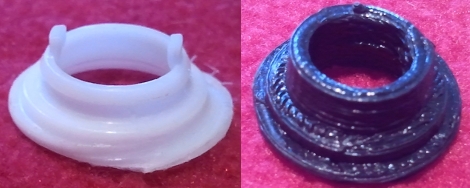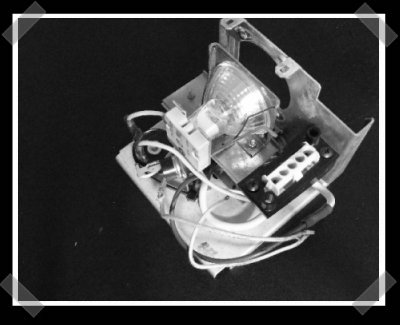Prosthetic arms can range from inarticulate pirate-style hooks to motorized five-digit hands. Control of any of them is difficult and carries a steep learning curve, rarely does their operation measure up to a human arm. Enhancements such as freely rotating wrist might be convenient, but progress in the field has a long way to go. Prosthetics with machine learning hold the promise of a huge step to making them easier to use, and work from Imperial College London and the University of Göttingen has made great progress.
The video below explains itself with a time-trial where a man must move clips from a horizontal bar to a nearby vertical bar. The task requires a pincer grasp and release on the handles, and rotation from the wrist. The old hardware does not perform the two operations simultaneously which seems clunky in comparison to the fluid motion of the learning model. User input to the arm is through electromyography (EMG), so it does not require brain surgery or even skin penetration.
We look forward to seeing this type of control emerging integrated with homemade prosthetics, but we do not expect them to be easy.

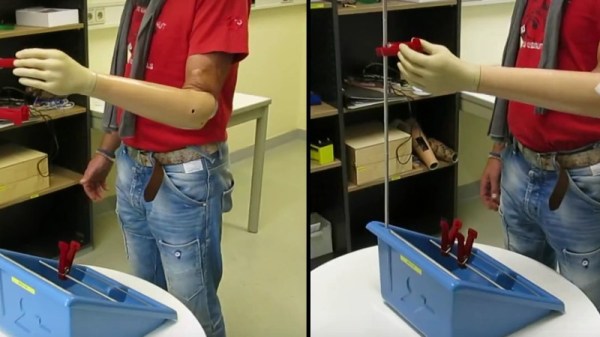
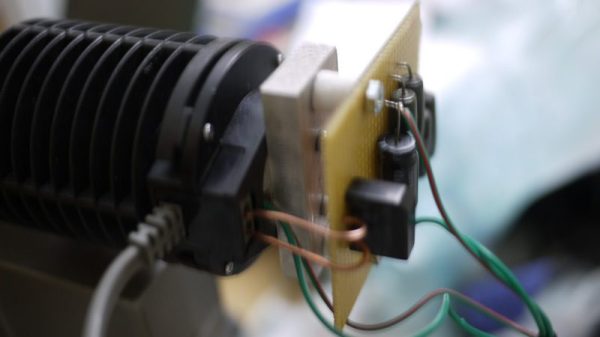
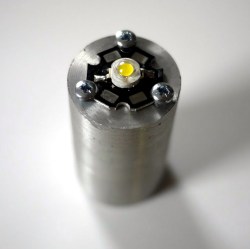 [Amen] obtained a microscope whose light source was an incandescent bulb, but the light from it seemed awfully dim even at its brightest setting. Rather than hunt down a replacement, he decided to
[Amen] obtained a microscope whose light source was an incandescent bulb, but the light from it seemed awfully dim even at its brightest setting. Rather than hunt down a replacement, he decided to 
